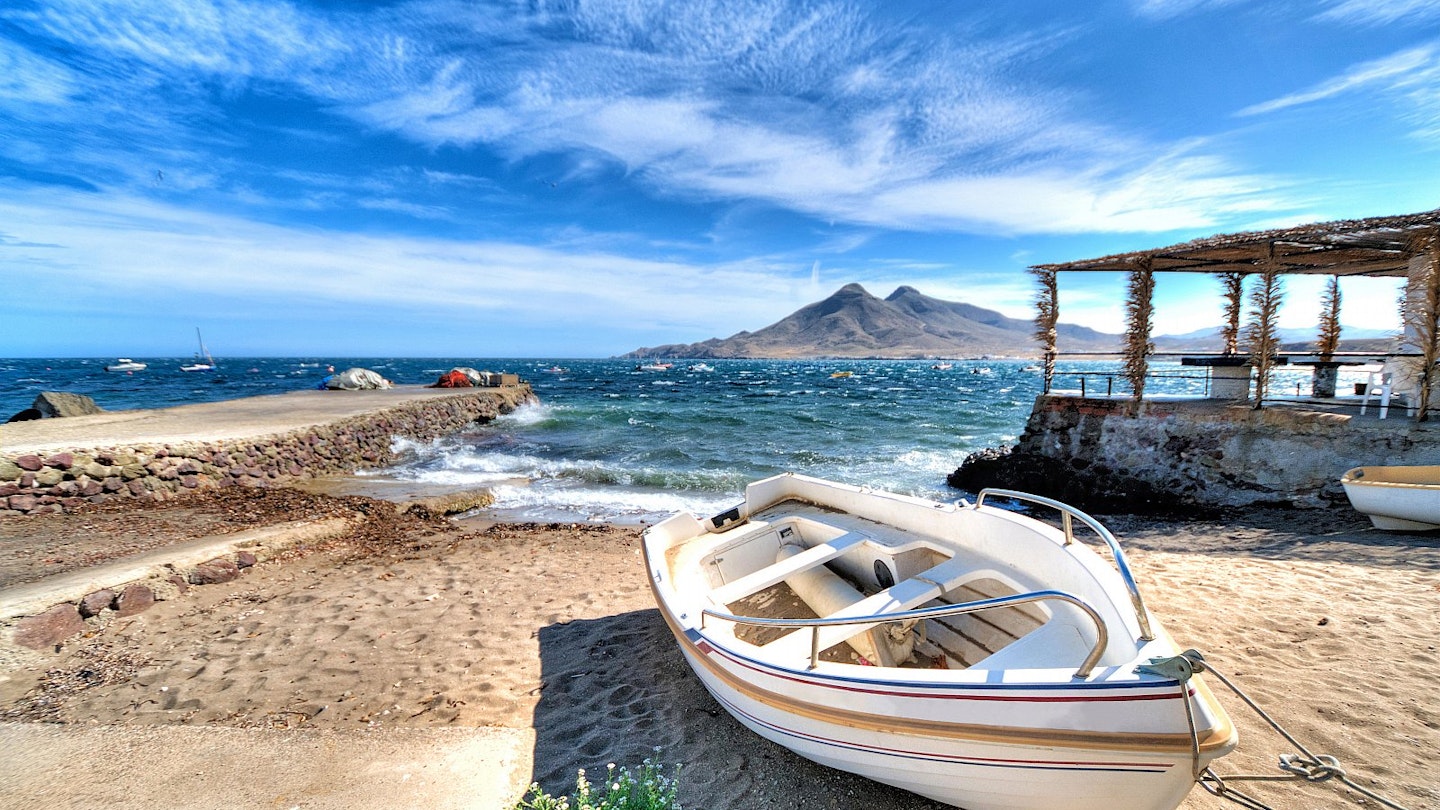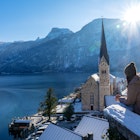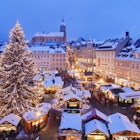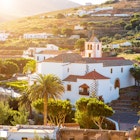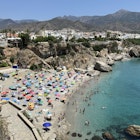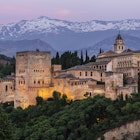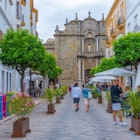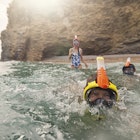Andalucia represents Spain at its hottest and most passionate. History and culture have conspired to leave a deep imprint on this rugged, arid land, where medieval castles cling to precipitous crags and broad beaches hug both Atlantic and Mediterranean shores.
Away from the coastline, much of what outsiders consider to be quintessentially Spanish embellishes the region’s Moorish-tinged cities – spearheaded by Seville, which in 2019 has marked the 500th anniversary of the voyage of Ferdinand Magellan, who embarked from the riverside port on his pioneering circumnavigation of the globe.

Andalucia's beaches and watersports
As far as name recognition goes, the sandy expanses of the Costa del Sol need no preface. But, while the facilities in the resort towns of Torremolinos and Marbella are modern and sophisticated, the busy backdrop of concrete apartment blocks and ritzy nightclubs, isn’t everyone’s idea of paradise. More tranquil and prettier are the beaches of the Costa de la Luz, a blustery stretch of Atlantic coast backed by small whitewashed villages and frequented by a diverse mix of bohemians, naturists and water-sports enthusiasts.
The stiff winds in this less commercialized region of Andalucia are well-suited to kiteboarding, particularly in the laidback surfer-dude town of Tarifa located at the jaws of the Mediterranean. Elsewhere, the coastline is overlain by a patchwork of protected parks, including the wildlife-rich marshes of Doñana. Other attractions include the Roman ruins of Baelo Claudia, giant sand dunes and the handsome cape where the British and Spanish faced off in the Battle of Trafalgar in 1805.
Another equally beguiling pocket of coastline is Cabo de Gata, a protected natural park on Andalucia’s south coast 30km east of Almería. Cabo de Gata is heralded for its wild beaches, hot, desert-like micro-climate and briny salt flats replete with flamingos. You can walk along the coast for over 60km linking a necklace of fishing towns and artistic communities little touched by Andalucia’s modern building boom.
You might also like these
How to eat through southern Spain like it's your last week on earth
My Andalucia road trip: sights, sounds and tastes of Spain
Taste the best of Cádiz: seafood, sherry and southern Spanish cuisine

Hiking and climbing in Andalucia
Clinging to the side of sheer cliffs in the Chorro gorge, the vertigo-inducing Caminito del Rey (king’s pathway) is arguably Spain’s most spectacular walking path. Named for Spanish king Alfonso XIII who tackled it in 1921, the path was originally intended to give hydro workers access to a nearby dam, but it gained wider popularity after the royal visit.
Reopened in 2015 after a 15-year hiatus during which it was considered too dangerous for all but the foolhardiest to traverse, the path offers guided or unguided hikes along its 7.7km course. Access is by ticket only and walkers are obliged to wear a helmet and proceed in a north to south direction. While the path is only one-metre wide and 100m high, it has well-designed safety rails and is doable for anyone with a head for heights.
The Caminito ends in the small village of El Chorro which has direct train links to Malaga and a couple of economical accommodation options. El Chorro also acts as a small activity base for sorties into the surrounding countryside, including climbing around the gorge, biking in the nearby mountains and negotiating a newly installed via ferrata (fixed protection climbing route) equipped with Himalayan-style bridges and a zipline situated close to the Caminito terminus.

Food, glorious food
If you’re after Michelin-starred restaurants and celebrity chefs, head north to the Basque region. If you’d prefer fried seafood in paper cones or antioxidant-rich olive oil served not 100m from the olive grove where it grew, southern Spain could be your nirvana. One could wax hungrily all day about Andalucian cuisine, but no list of highlights is complete without mentioning the three ‘C’s’: churros, chiringuitos and cured ham.
Churros are a Spanish snack extraordinaire, deep-fried strips of gooey dough traditionally dipped in cups of thick hot chocolate and best enjoyed in the alfresco cafes of Granada and Málaga, preferably around merienda (snack) time at 5pm-ish.

Chiringuitos are simple fish restaurants that abut Andalucia’s beaches. They serve all number of seafood dishes including the sublime espeto de sardinas, skewers of fresh sardines barbecued over hot coals and garnished with lemon and olive oil. The dish reaches its apogee in Torremolinos, the town that was once the butt of jokes but has more recently reinvented itself as less kitschy cheap food haven.
Spain’s best ham is widely considered to be the rich nutty jamón ibérico manufactured in Huelva province from black Iberian pigs that roam freely in the pastures of the Sierra de Aracena, surviving on a diet of acorns. Coming a close second is jamón serrano, produced from white pigs and cured in the cool air of the Alpujarras mountains. Jamón serrano is most associated with Trevélez, the second highest village in Spain. Both hams work well as tapas and pair perfectly with crisp manzanilla sherry manufactured in Sanlúcar de Barrameda.

500th anniversary of the Magellan voyage
There’s nothing like an anniversary to reignite a palpable sense of history and 2019 marks the quincentenary of the remarkable voyage of Ferdinand Magellan. The Portuguese navigator set sail from Seville in August 1519 for Indonesia’s Spice Islands in search of a new trade route to the Asian colonies. Magellan’s five ships made a brief stop in Sanlúcar de Barrameda before sallying forth on their dangerous journey across the Atlantic. Of the original 270 crew, only 18 made it back to Spain three years later. Numerous events have been organised to celebrate this epoch-defining event, the veritable moon landing of its time. Look out for an exhibition at Seville’s Archivo de Indias depicting the voyage and its challenges that runs until February 2020.
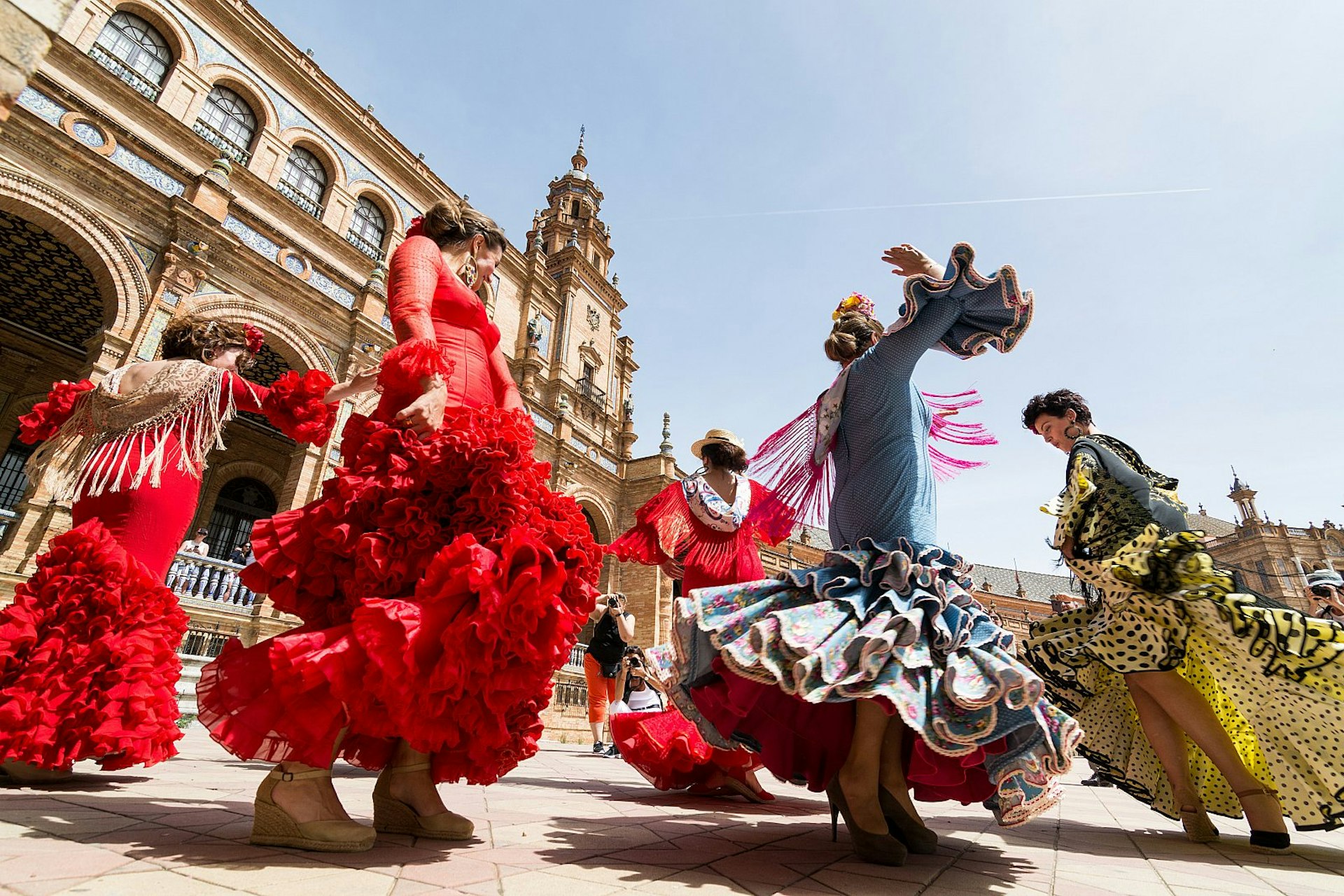
Andalucia, home of flamenco
Flamenco is the soul-stirring soundtrack of Andalucia, the ancestral music of marginalized Roma people that, over time, got mixed with traditional Spanish folk dances to form the spectacular and complex art we know today. Flamenco can be experienced all over Andalucia, but its crucible is the three western cities of Seville, Cádiz and Jerez de la Frontera.
Cádiz has a scattering of small music venues where talented troupes showcase the city’s quintessential alegrías (Cádiz’s upbeat flamenco style). Jerez harbours Andalucia’s only flamenco research centre, an annual festival (in February) and numerous authentic peñas (private clubs). Seville offers the broadest sweep of flamenco talent. In the Andalucian capital you can attend pricy dinner shows (called tablaos), look around a bona fide flamenco museum, or witness more spontaneous musical spectacles for the price of a drink in crowded bars in the Roma-flavoured Triana district.
Produced by Lonely Planet for Empresa Pública para la Gestión del Turismo y del Deporte de Andalucía ("Andalucia Tourism"). All editorial views are those of Lonely Planet alone and reflect our policy of editorial independence and impartiality.

